Lawn Prep Now, Green Spring Later
Did you know that fall is the most important time of year to pay attention to your lawn? It’s the perfect season to get new grass to grow and fertilize the lawn for a carpet of green the following spring.
Walk the Yard
To start, ask yourself, are there any bare spots? If so, seed them. When sowing the lawn, look for seed that matches the conditions of your yard (sun or shade) and buy the best seed you can afford.
Are there any weeds? If so, treat them with herbicide and dig out small patches of weeds. Then, fill the space with a mix of good compost and topsoil and sow grass seed. Make sure the seed makes good contact with the soil and keep the newly seeded areas moist.
Mow, Fertilize, Aerate

Photo credit: istock.com/ArtMarie
Even though the season is slowing down, grass is still growing. Continue mowing grass to 3 inches tall until it stops, usually by mid-October.
Just as important is a fall fertilization program. September is the best time to fertilize the lawn. Look for fertilizers labeled for fall-winter applications. Fertilizing this time of year helps the lawn green up earlier in spring. In general, a regular fertilization schedule will build a healthy lawn and protect it.
If you’ve had a lot of foot traffic on the lawn, aerate the soil. You can rent an aerator or hire a lawn care company to do the job. Aeration eases soil compaction and gets water and other nutrients down to the grass’ roots.
Don’t Leave the Leaves
Try not to allow leaves to accumulate on the lawn, as they will smother the grass and invite fungus disease. Think of leaves as Mother Nature’s gift for the lawn and garden. A mulching mower makes fast work of leaves on the lawn, even if it takes two passes to mulch them into tiny bits. The bits of leaves break down to add trace nutrients and improve the soil condition. Mulching the leaves usually takes less time and is less work than raking them to the curb or bagging them. Mulched leaves in the vegetable garden during winter also reduce weeds from seeding while greatly improving the soil.
Tread Sparingly
Lastly, avoid walking on the lawn during winter or when it is frosted, as this breaks the blades of grass, turning the tops brown.




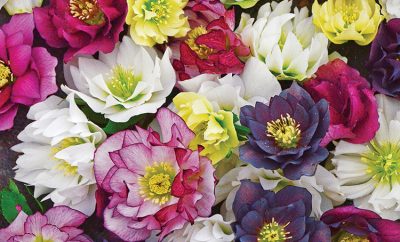


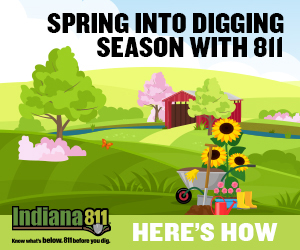
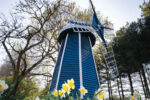
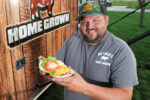
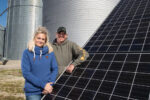


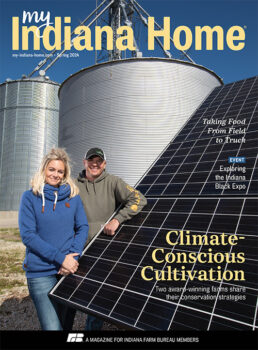 My Indiana Home is produced for Indiana Farm Bureau members. Our mission is to connect you with the food you eat, the Indiana farmers who grow it and a rural lifestyle that is uniquely Hoosier.
My Indiana Home is produced for Indiana Farm Bureau members. Our mission is to connect you with the food you eat, the Indiana farmers who grow it and a rural lifestyle that is uniquely Hoosier.
Leave a Comment